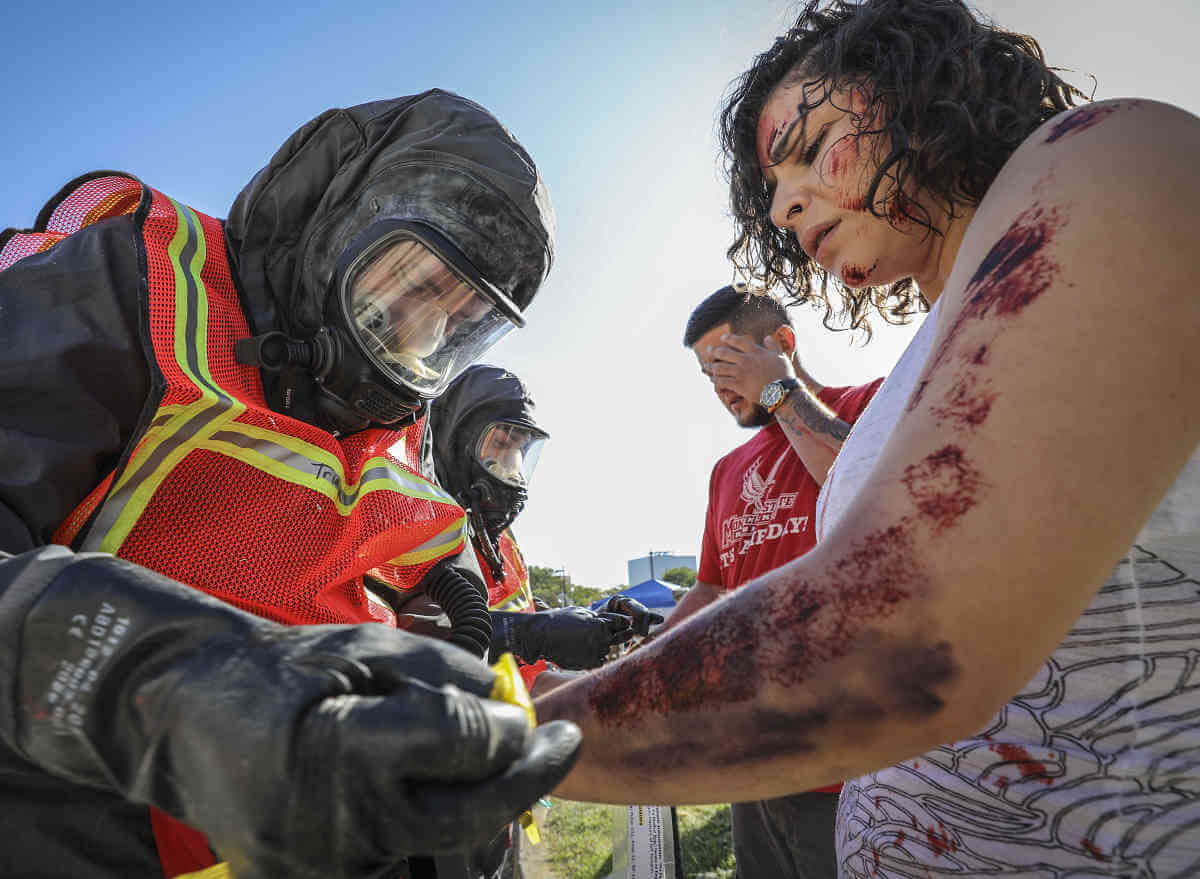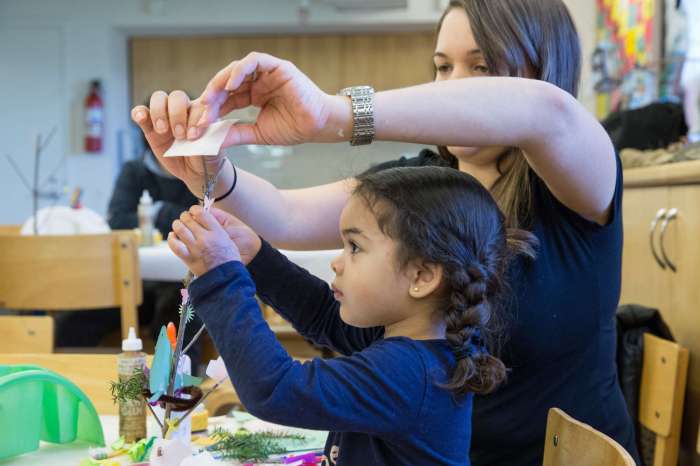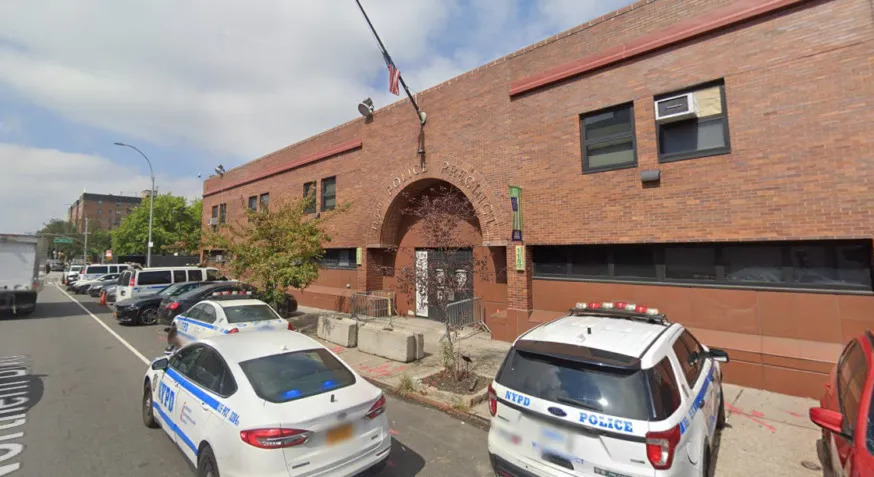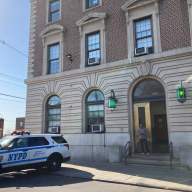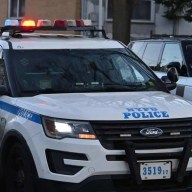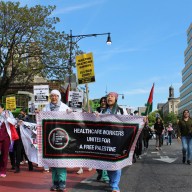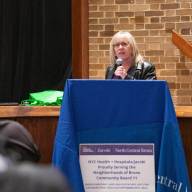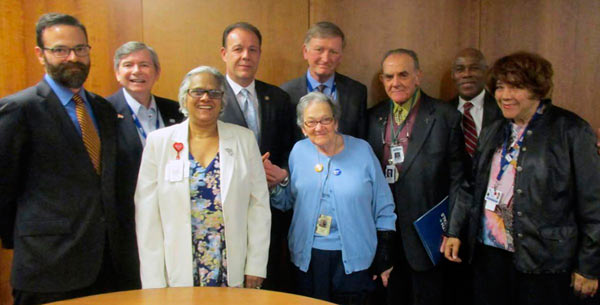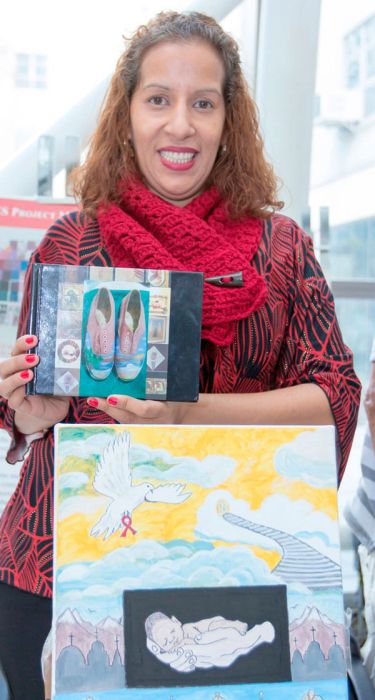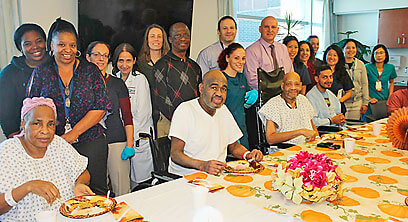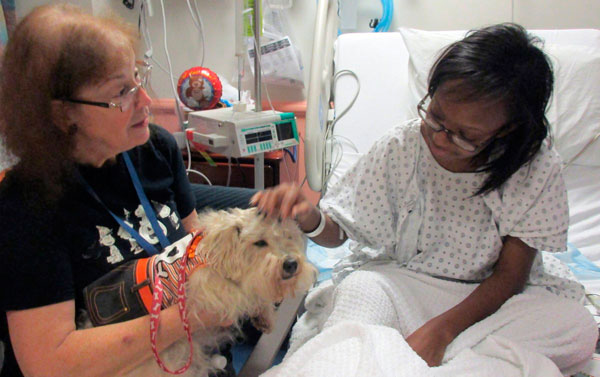A Bronx hospital teamed up with Army reserve soldiers on Saturday, Sept. 28 for a mass casualty drill in preparation for a possible terrorist attack in the city.
More than 100 Army Reserve Soldiers, along with local, state, and federal agencies conducted a day of consequence management training in a Chemical, Biological, Radiological and Nuclear (CBRN) Response Enterprise joint training exercise at Jacobi Medical Center.
“It is absolutely critical that our first responders, emergency prepared people and our trauma centers are hyper-aware and hyper-vigilant and optimally prepared for the next terrorist incident,” said Dr. Sheldon Teperman, MD, trauma medical director of Jacobi’s Level 1 Trauma Center. “We hope that does not happen, but that would be foolish for us to not be prepared for a bombing, shooting, or a chemical weapons attack.”
The drill scenario included patients (trained volunteers) who were injured in a terrorist bomb attack at a mini-marathon nearby the NYC Health + Hospital/Jacobi Medical Center located at 1400 Pelham Pkwy South.
Once the training began at the hospital, a constant flow of ambulances delivered patients awaiting Army reserve soldiers who quickly assessed their injuries, and processed them through one of two decontamination lines depending on the nature of their injuries.
The decontaminated victims were then sent to medically trained soldiers for further care, and then sent to various area hospitals for continued treatment.
“They were incredibly confident and well trained. They brought the decontamination equipment and they had many army members dressed in high tech hazmat suits,” Teperman said.
According to Teperman, Jacobi Medical Center has significant capacity to decontaminate 10-30 people exposed to chemicals, but with the assistance of the federal government more than 100-plus people could be quickly processed with their equipment and expertise in a nuclear disaster or mass terrorist event.
The training event involved FDNY personnel, soldiers from the 413th Chemical Company, 457th Chemical Battalion, 415th Chemical Brigade, soldiers from the 456th Medical Company (Area Support), as well as training coordinators and supervisors from Army North and L2 Defense.
“In years past the discussion by New York City officials was that although they are the biggest city in the country and the most prepared, they would still need the Army’s help in a large scale CBRN event,” said Russell Accardi, director of emergency management programs, L2 Defense. “That discussion sent a good message that this type of training is really important, and in a real incident of this nature, the first responders would count on the Army coming in to provide crucial assistance.”
Christopher Mastromano, chief executive officer for the Jacobi Medical Center, closely monitored the training describing it as a fantastic session with both groups. “It’s been extremely beneficial to our staff. They are always interested in learning more and knowing how to get this right,” Mastromano said.
While many of the soldiers were busy working at the hospital scene, others were involved in a mock subway disaster with multiple CBRN victims requiring rescue and decontamination with the assistance of FDNY personnel.

